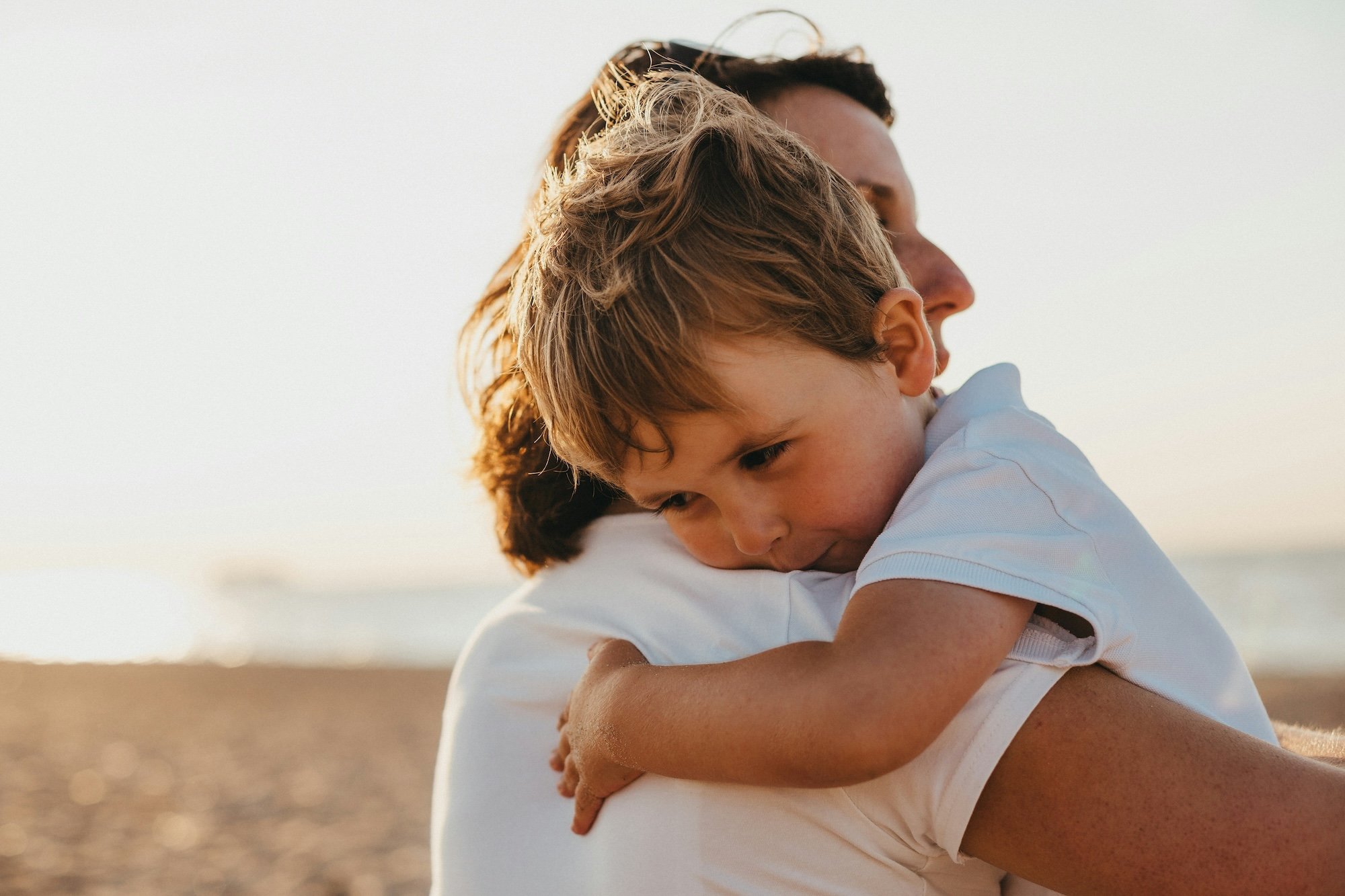Five Do’s and Don’ts of Separation Anxiety
Photo by Xavier Mouton Photographie on Unsplash
If you have a child who is struggling with separation anxiety you’ve probably been searching for separation anxiety tips to help ease their struggle. Below are five do’s and don’ts for helping your child with separation anxiety.
How to Help Your Child With Separation Anxiety
Do Implement a Goodbye Ritual
Brainstorm with your child a short ritual you will both perform every time you say goodbye. This could be a secret handshake, a special song, a mantra you say together, or a combination of words and touch. Anything meaningful for both you and your child will work.
Don’t Use Tough Love as a Go To
Instead, empower your children by teaching them how this primitive part of our brain works and breathing exercises they can employ to combat them. Karen Young of Hey Sigmund explains how fighting against our natural fight-or-flight instincts is a losing battle. We humans are wired towards keeping ourselves safe above everything else. It’s instinctive, automatic, and powerful. This is why tough love, punishment, or negotiation just won’t work. If you were in quicksand, no amount of any of that would keep you there while you got sucked under. You’d fight for your life at any cost. Being separated from a parent is less dramatic than quicksand but to a brain and a body in fight or flight, it feels the same.
Do Encourage Your Child To Express Feelings Through Art
One of the most therapeutic and helpful things your child can do to understand and combat their anxiety is to explore their fears and experiences through art. A study conducted by Khadar et al. (2013) showed that boys with separation anxiety developed more adaptive behaviors and emotions, and the children tended to share more feelings and improved their communication skills. This particular study used the medium of paint, but drawing, sculpting, or any other medium that appeals to your child can be used.
Don’t Teach Your Child to Fight Their Anxiety
Instead, teach your child to recognize and verbally point out what they are feeling and where in their body they are feeling it as an outside observer. Have your child thank their anxiety for doing its best to keep them safe. But use their thinking brain to then tell the anxiety that they are safe and that they’ve got this.
Do Externalize the Anxiety
Have your child describe their anxiety—what it feels like, what it says, and what it looks like. Then have your child design a creature that embodies anxiety. Have your child name the object and talk through the aspects of the creature your child creates. This gives you and your child a way to visualize and separate their feelings from who they are and a new language to speak about their anxiety.
If your child is experiencing separation anxiety that is concerning you, it may be time to schedule an appointment with a play therapist. Call or text 801.944.4555 or email us here to schedule a therapy appointment in Utah with the play therapists at Wasatch Family Therapy.
This post was originally written by an intern at Wasatch Family Therapy and has since been updated.

